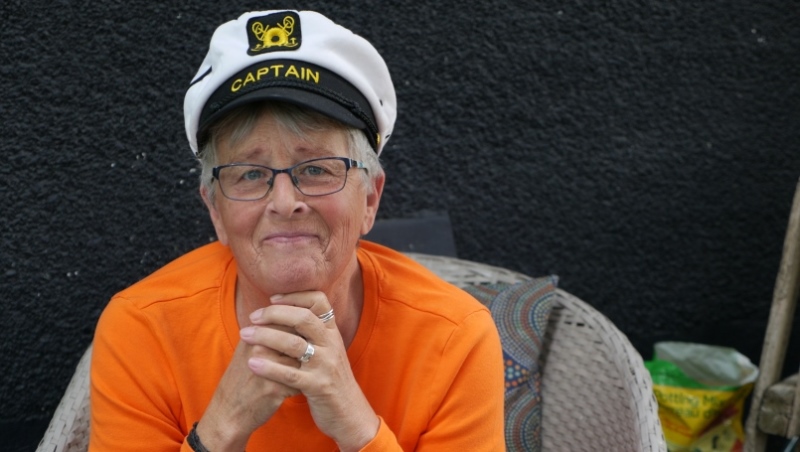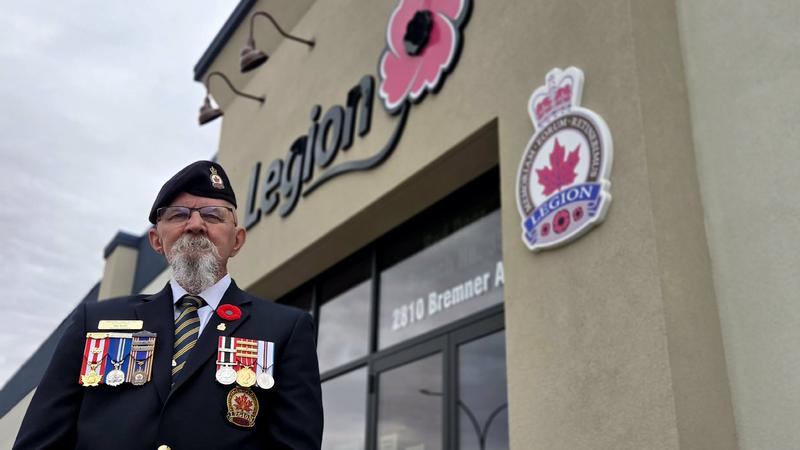
Meeting of the minds helpful, but fear remains ahead of shelter closure
Red Deer’s shelter situation is on the precipice of a new chapter, Oct. 1 marking the first day without a larger temporary facility in 18 months.
In March 2020, amid declaration of a global pandemic, the Alberta government gave Safe Harbour Society funding to move into a much larger temporary shelter, up the street from its headquarters. The larger site offered much more space, plus toilets and showers.
For most of 2021, Red Deer city council and City admin went to-and-fro on how to avoid its closure, whilst awaiting the government putting shovels in the ground on a promised $7 million permanent facility,
Because of zoning denials, Safe Harbour’s expanded shelter will cease operations Oct. 1, instead of operating into 2022 at Railyard’s Cannery Row.



